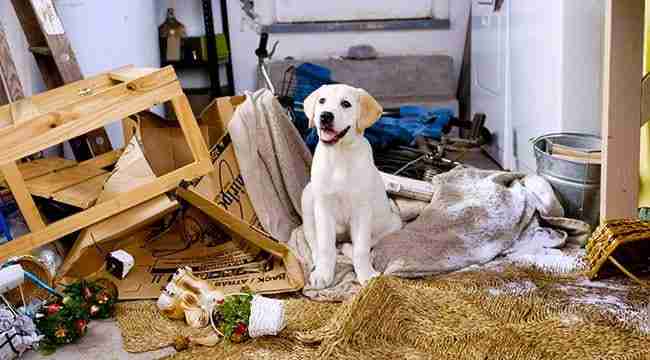Dogs at home alone: 9 tips to prevent minor domestic disasters


Travelling is a great way to relax and unwind for us humans. But it can be stressful figuring out if our four-legged friends can join in on the fun. If you're not sure...
Whether you are simply driving to the shops for a few kilometres or going on a road trip across the country, chances are you will take your dog with you at some stage....